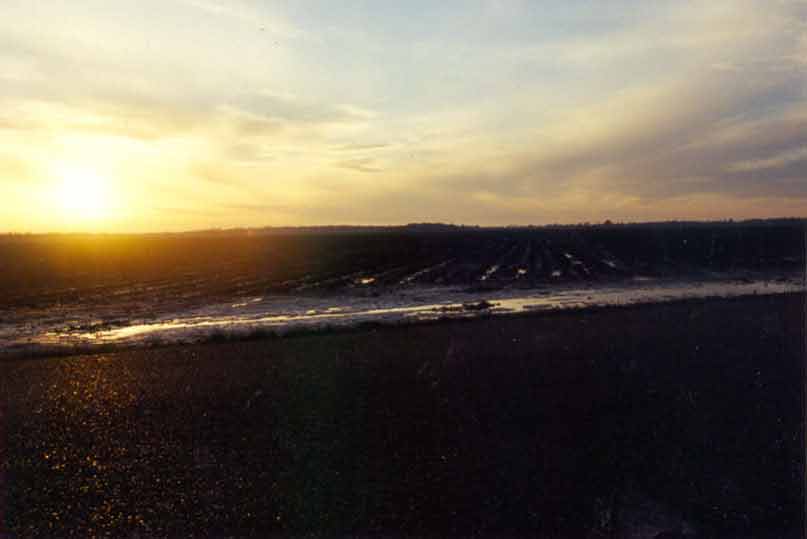
S p a c e .
Geographical space. Working space. Living space. Leisure space. Sacred space. We don't often consider these spaces as rights or privileges -- they simply exist, and we exist in them. In the Great Migrations of the twentieth century, millions of African Americans left the South and came North. They left behind the only space many of them had ever known for the frozen, foreign cities of the North known collectively by many of them as the "Promised Land." Having left the familiar behind in favor of better jobs, better education for their children, and an escape from the ever-present oppression and threat of violence, African Americans who made it north to cities like Chicago took on the formidable task of re-establishing a network of social, cultural and familial spaces. Due to the migrants' restricted financial means and the often spontaneous nature of their departure, migrants lacked the option to simply construct the necessary structures required by the great housing, educational and entertainment needs that faced them upon their arrival. Most, if not all, of the hundreds of thousands of African Americans who came to Chicago from the South (often in short bursts like the ones following the two World Wars) had to move into previously existing spaces. Within a single year, communities in the South Chicago that were 95% white could become 98% black. Storefront churches supporting African American congregations sprang up all over South Chicago. African American-run businesses like barber shops, jazz and blues clubs, dance halls, restaurants, etc., also more often than not moved into previously existing spaces.
Designing this project, we have focused on a number of different areas of life essential to the African American experience at both ends of their migration -- Family, Food, Religion and Music. "Space" affected each of these areas as African Americans adjusted their beliefs and dreams to the physical circumstances they confronted, first in the Mississippi Delta and then in Chicago's South Side.
Due to the violently racist conditions of the South prior to the 1960s, African Americans sought out and used space as sanctuaries -- places to safely practice and pursue personal freedom and communal autonomy. The limitations that African Americans suffered under in the South led them to treat any achieved space, even temporary space, as sacred. Whether a physical enclosure or a transitory moment in time, the nature and significance of these spaces reveal the conditions under which African Americans lived in the South. When African Americans moved North, conditions were certainly less oppressive, but "space" did not lose any of its value. In the North, due to the
The S o u t h, particularly the Mississippi Delta and surrounding areas, have enormous quantities of physical space -- vast tracts of land unbroken by topography for the cultivation of various commercial crops stretch as far as the eye can see in every direction.

|
|
It is easy to be overwhelmed by the space of the Delta. But such space has little meaning without the right to inhabit it, without the right to use it freely -- African Americans living in the South during the first half of the century found their space severely restricted. It was a rare and precious resource. In most cases, the land on which African Americans worked was not their own. A sharecropper used land that was a part of a much larger plantation and he oftetn had an arrangement with the plantation's owner which limited the crops he planted, etc.. As a worker, the land belonged outright to the plantation owner and not to the African American laborer. Physical structures that African Americans claimed as their own were often, like the working spaces, owned by whites -- their homes, entertainment and their leisure spaces, or any businesses they might operate. Consequently, religion took on a prominent role in the lives of African Americans living in the South -- churches were some of the only buildings not leased from whites. Even juke joints, famed in the South as African Americans' secular option to religion, when not being used for entertainment purposes, were often white-owned grocery stores and plantation commissaries or barrel houses. Some African Americans created African American communities to combat white ontrol of space. The constant threat of violence, however, and the lack of political power diminished thier available "space" from an apparently ample physical entity to a temporal, often precarious state of mind. |
C h i c a g o was often called "The Promised Land" by migrants from the South. From the moment that northern cities became a viable option for migration, African Americans projected a feeling of sanctuary onto these cities. Chicago took on legendary status for black Mississippians trapped by the conditions in the South. Reports of jobs, education, and freedom swept the Mississippi Delta as issues of The Defender exchanged hands. By word-of-mouth and letters sent home by those who had already gone North, Chicago symbolized the hopes and possibilities that took on elements of religious foment in the African American community. Hopes that had gone unfulfilled following the Civil War and the collapse of institutionalized slavery. Chicago promised to fulfill the desire for space, and for those individual and communal spaces that were requisite for full citizenship.
|
|